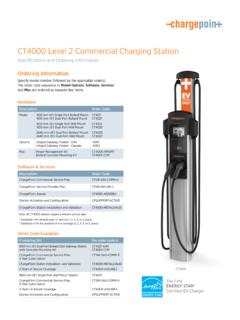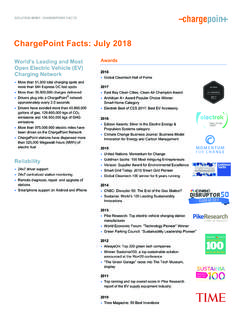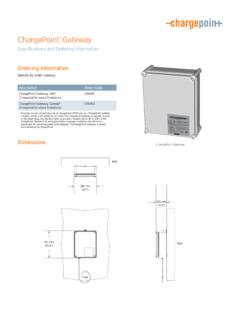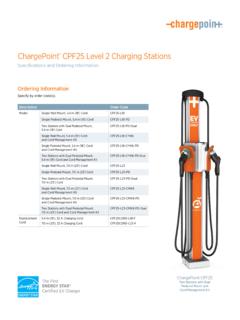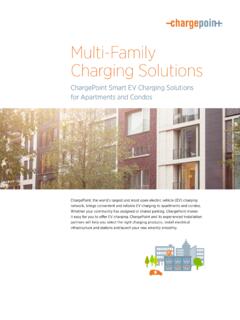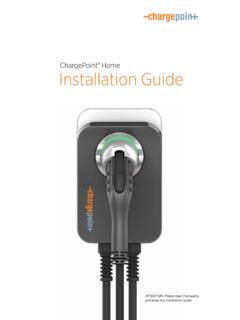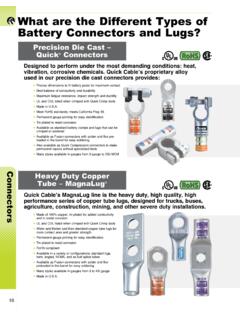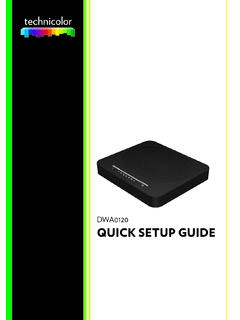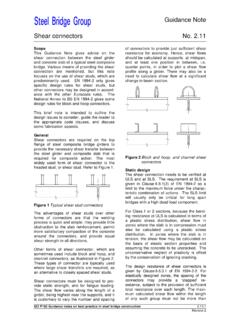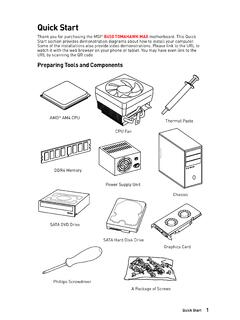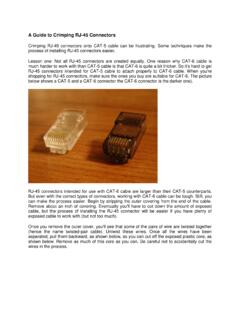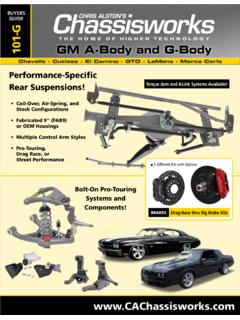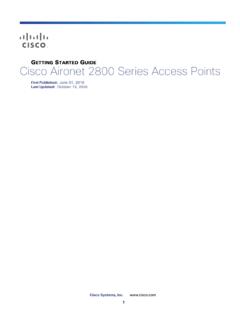Transcription of Driver’s Checklist: A Quick Guide to Fast Charging
1 A Quick Guide to Fast Charging1 The auto industry is getting electrified. Electric vehicle (EV) production has grown 10X over the past four years and EV sales will grow 14X over the next ten years. As EV adoption grows, so does the number of Charging stations. There are thousands of EV Charging stations across the that offer different types of Charging at different speeds, so EV drivers can stay charged up anywhere they go. The details of EV Charging might seem a bit complicated. But there s good news: you don t need to know much about electricity to charge an EV.
2 It s like how you don t need to know all the differences between regular, plus and premium gas to fuel a combustion engine you only need to know what type of gas the car takes. It s pretty much that simple for EVs, s a Quick overview of how the different types of EV Charging work, so you can plug in with confidence the next time you need s Checklist: A Quick Guide to Fast Charging EV Sales Are Exploding EV sales grew 10X over the past four are expected to grow 14X in the next 10 Quick Guide to Fast Charging2 How Does EV Charging Work?
3 You most likely charge your cell phone or computer often, even if you don t know a lot about electricity. You just plug in the device and go about your Charging is similar. It connects the battery in your car with a power source that can charge it. There s a lot going on behind the scenes, but as an EV driver, you don t have to worry about power outlets use AC, or alternating current. Batteries typically use DC, or direct current, to charge. This means that part of the Charging process involves converting AC to are three main types of EV Charging : Level 1, Level 2, and DC fast.
4 Levels 1 and 2 convert AC to DC using an on-board converter in the EV. Each vehicle s on-board converter has specific limits on how fast it can charge. With DC fast Charging , the conversion from AC to DC happens in the Charging station, not in the EV. This allows stations to supply more power, Charging vehicles of ChargingLevel 1 Level 1 Charging is just plugging in to a standard electrical outlet. Level 1 Charging can be convenient for home use, but charges very slowly, offering about 5 miles of Range Per Hour (RPH). Level 1 is most useful when a vehicle will be parked for several 2 Some home chargers and most public Charging stations are Level 2.
5 These stations can add 12 to 25 RPH, depending on the type of EV and its on-board charger. Level 2 Charging stations are ideal for times when you ll be parked for at least an hour, such as at work, restaurants, movie theaters, sporting events or longer shopping trips. Level 2 Charging will generally give you enough juice to get around town, and works up to six times faster than Level 1 FastOn long trips or when you re pressed for time, you ll probably want a faster charge to get where you re going. DC fast Charging can deliver 100 RPH or more, Charging some EVs to 80 percent in 20-30 minutes.
6 DC fast Charging stations have various power levels. In general, higher power levels charge EVs faster. Check each DC fast Charging station to find its power level. Charging speed may also depend on the type of Charging port your EV has. Note that not all plug-in cars on the road today have a DC fast Charging port. Most plug-in hybrids can only charge at Level 1 or hours30 minutes*How Long Does it Take to Charge an EV? Typical time to fill up an 80-mile battery by Charging typeLevel 1 Level 2DC Fastovernight longer stopson the go* DC fast Charging can get many EV batteries charged to 80 percent in 20-30 minutesChargePoint Express 200 50 kW DC Fast Charging StationA Quick Guide to Fast Charging3EV Charging BasicsTypeMiles of Range Per Hour of Charging (RPH)Time to Fully ChargeWhen to UseConnector Level 1, Standard Wall Outlet (AC)5 RPH +16 hours for an 80-mile battery +40 hours for a 200-mile battery +Get some charge while you sleep Note.
7 Slower for cars with large batteries Note: you ll need yourown cable to plug into the wall for Level 1 Level 2 Charging Station (AC) +12 RPH for cars with kW on-board charger +25 RPH for cars with kW on-board charger + hours for an 80-mile battery +8 hours for a 200-mile battery +At work +While you sleep +Topping up around town J1772 connectorDC Fast Charging100 RPH or more, depending on the power level of the charger +24 kW (up to 100 RPH) +44 to 50 kW (up to 200 RPH)Depends on the power level of the charger and car model, but could be 80% charged within 30 minutes +Short stops +Express Corridor locations SAE Combo CHAdeMO Tesla (CCS)Connectors All EVs except Tesla use the same J1772 connector for Level 2 Charging .
8 Tesla makes adapters that allow their vehicles to charge using J1772 or CHAdeMO all EVs come with DC fast Charging as a standard feature. It s often available as an upgrade choosing a DC fast Charging station, check the connector to make sure it fits your car s Charging port. There are three different DC fast Charging connector standards in North America, each used by different Combo (CCS) is compatible with +BMW +VW +Chevy +All upcoming and European cars +Some of the new cars from Asian manufacturersCHAdeMO is compatible with +Nissan +Mitsubishi +KiaTesla is compatible with +Tesla Note: adapters available for J1772 and CHAdeMOA Quick Guide to Fast Charging4 How Fast Can I Charge?
9 Many factors affect Charging speed. At a basic level, more power means a faster charge. The type of charger (Level 1, 2 or DC fast) matters, general, larger EV batteries take more time to charge, and EVs with higher-powered on-board chargers charge faster. Batteries also start to charge more slowly as they become more full. As an EV owner, you will learn over time how fast your car charges at different types of stations. The Charging speed you can get at a DC fast station depends on the station s power level, the EV s battery capacity and real-time updates from the vehicle to the charger.
10 DC fast chargers can send a lot of power to an EV, but the vehicle will control how much power it takes in and slow down the rate of charge as the battery fills and heats up. Some vehicles with smaller battery packs can only take in maximum power for a short time before the Charging speed fast chargers can charge at varying RPH. Check the power level on a DC fast Charging station to understand how fast you should be able to charge. After a few DC fast charges, you ll have a better idea of how quickly your EV charges at different power Charging to the Next LevelNow that you know about all the Charging options out there, are you ready for an EV (or a new EV with DC fast capability)?
